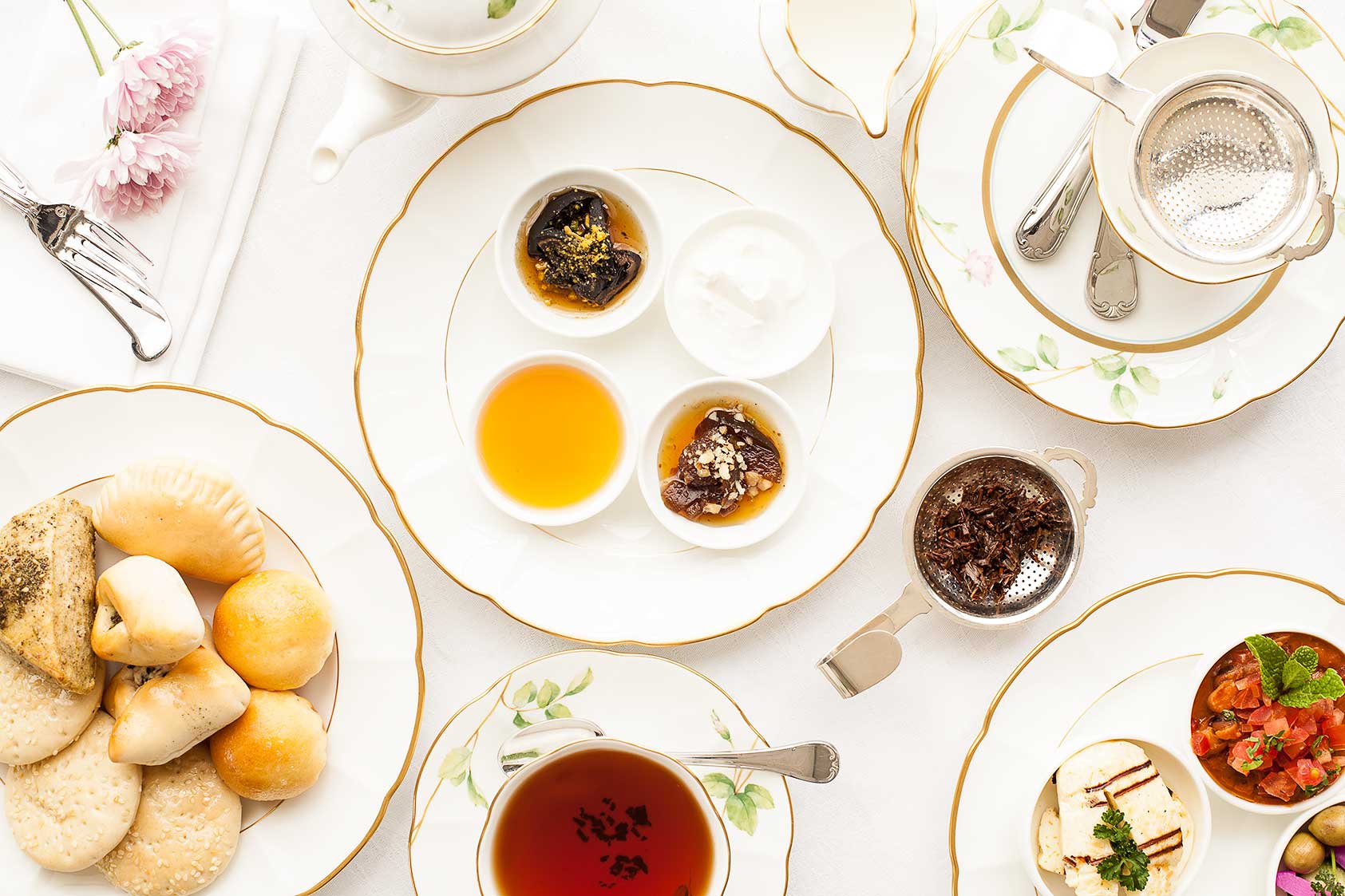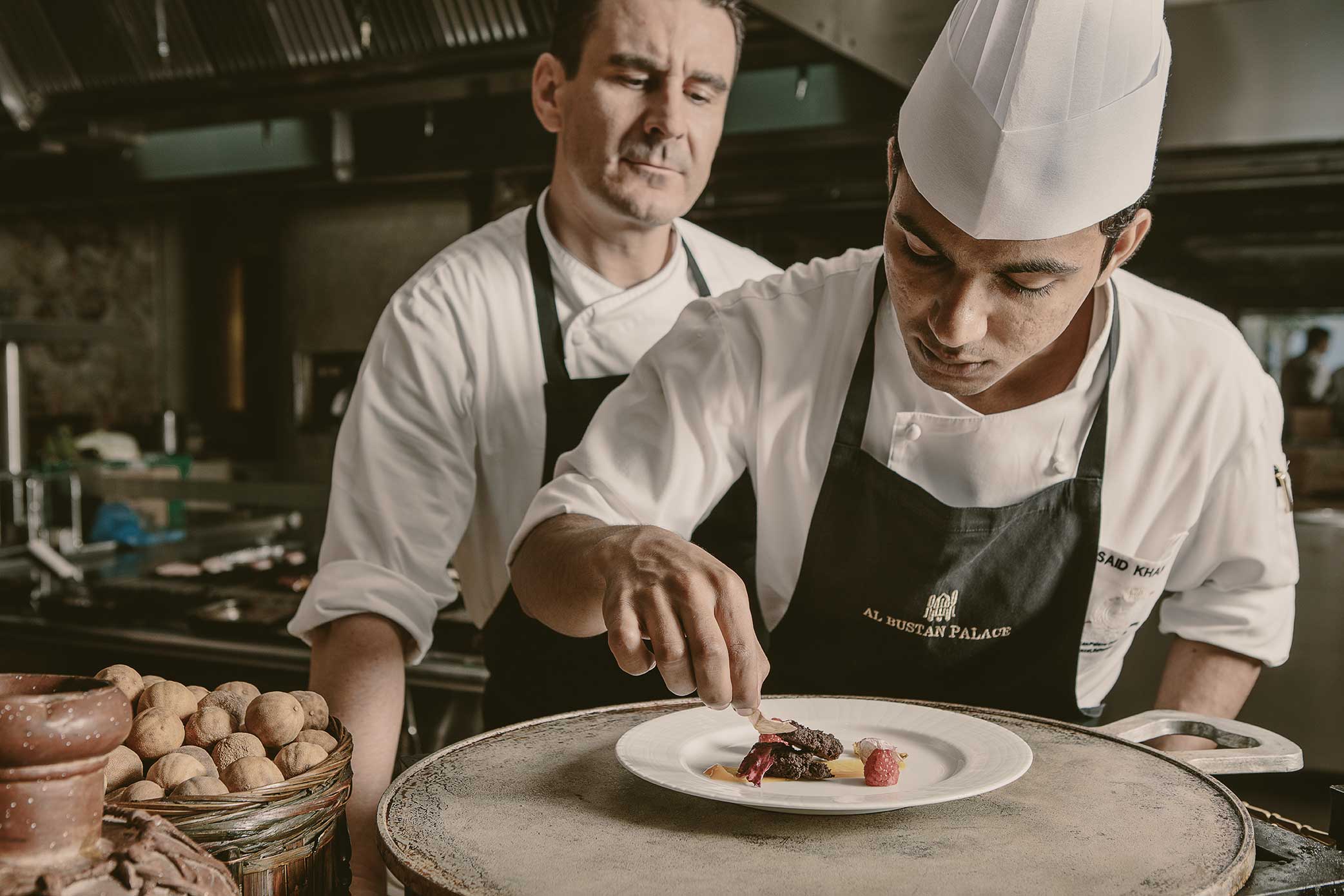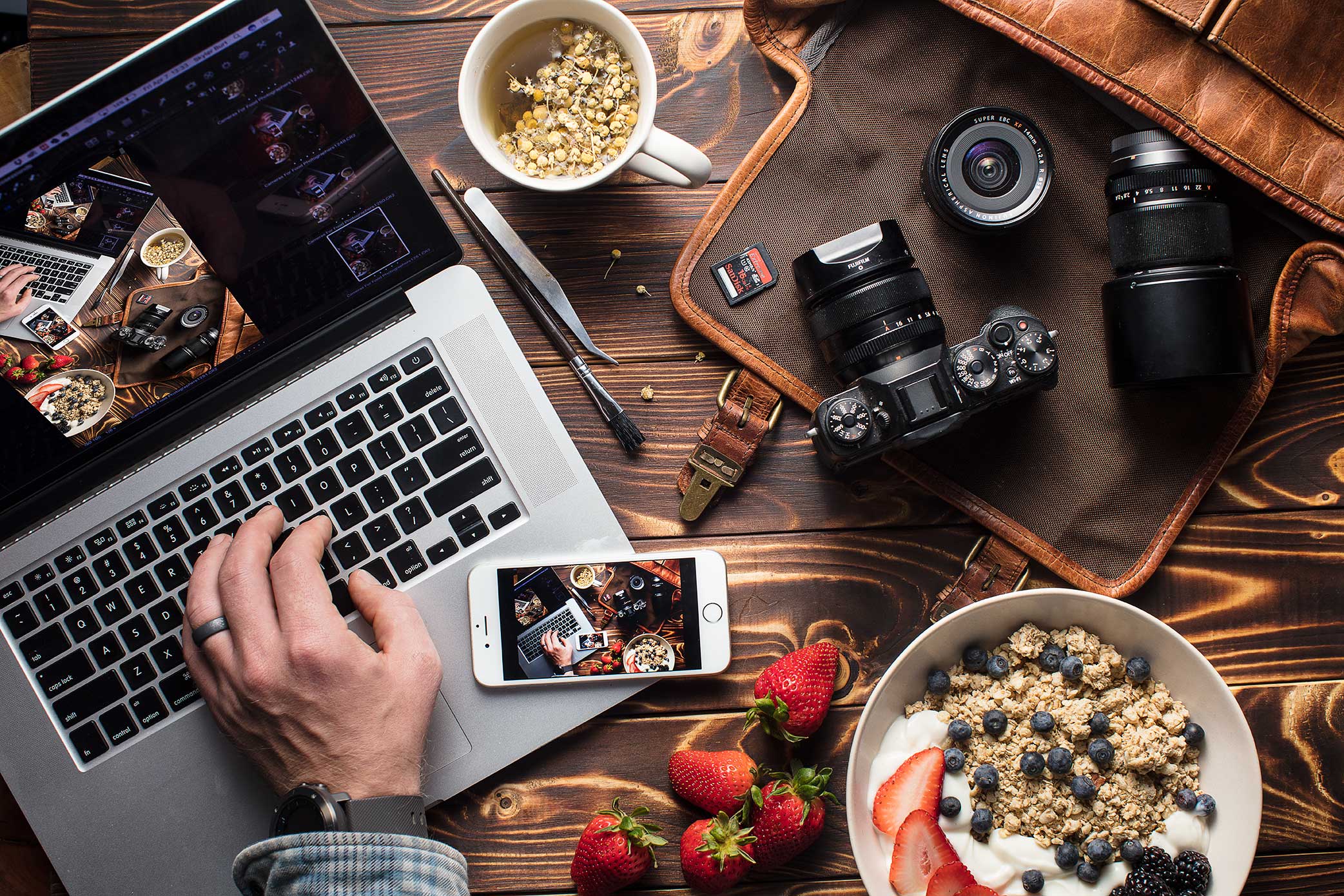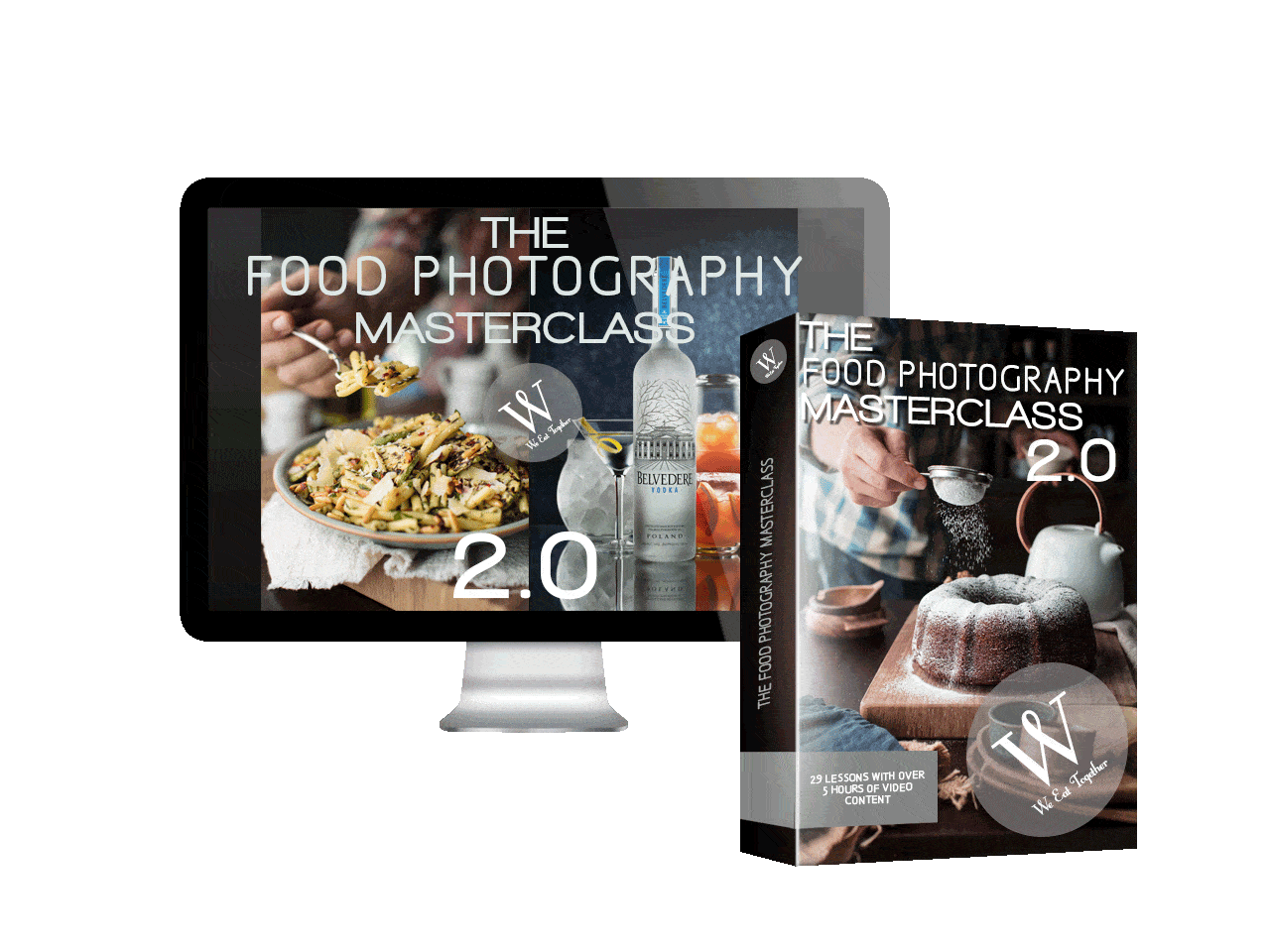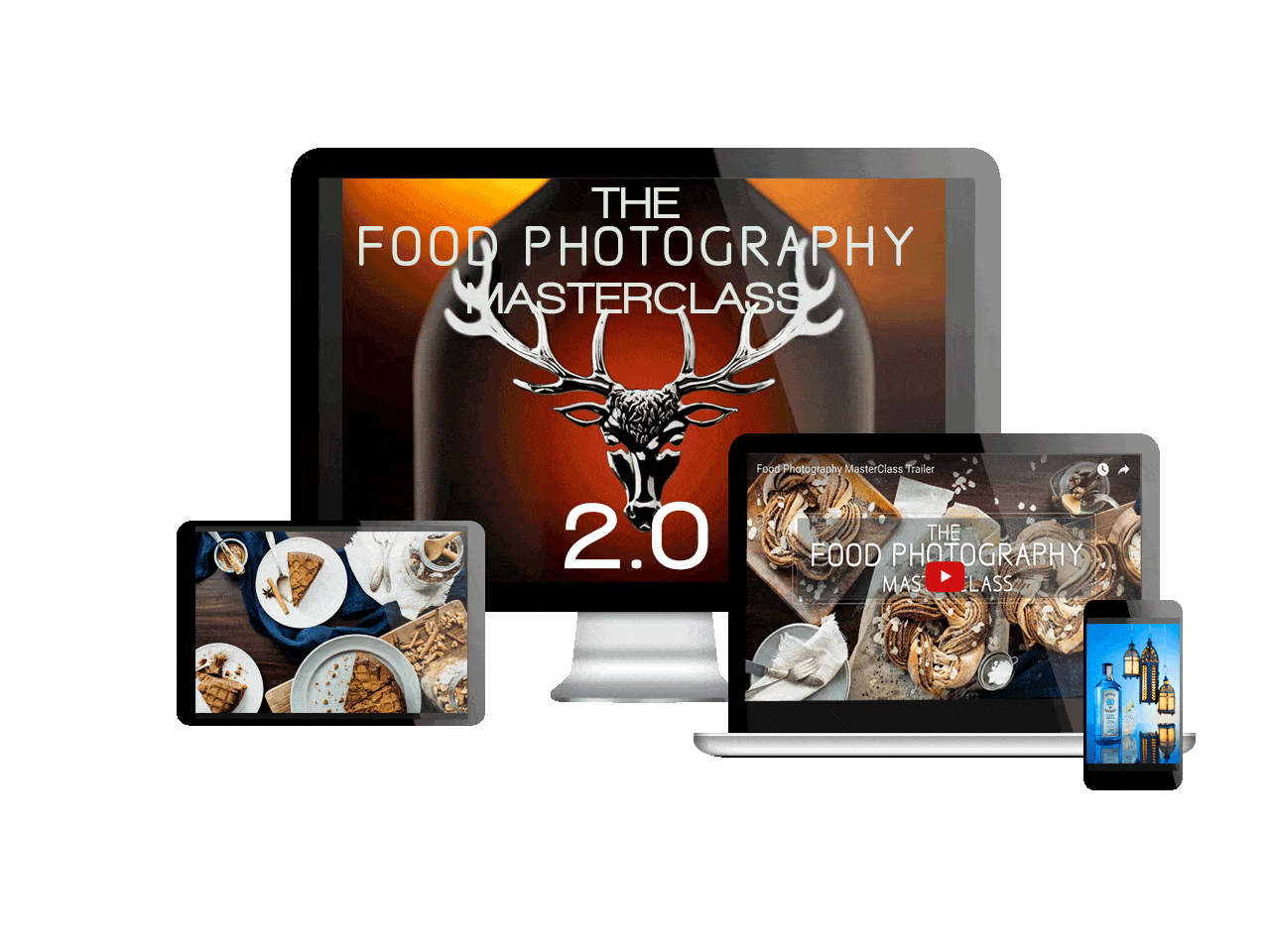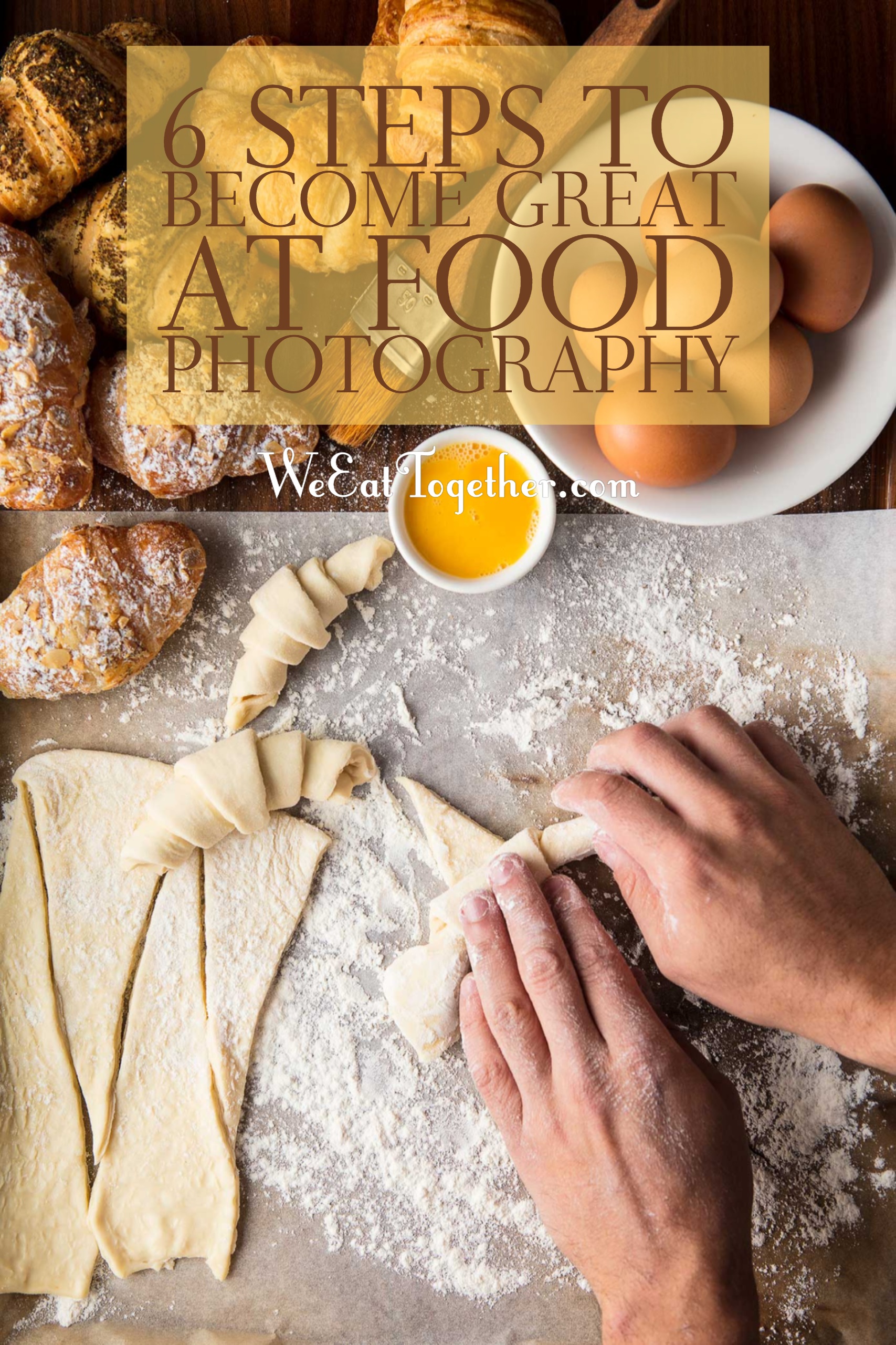
I know the word "Great" is subjective, the definition is different for everyone. What might be great to me is absolute rubbish to you and visa versa. That's fine because we are all on a different photographic journey, each with a different path. I'm not going to pretend to know anything about your path or what will lead to your own personal success because we both probably measure greatness a bit differently.
However, I want to share with you 6 steps that I took from the very beginning of my journey to advance my food photography and if you're just starting out or feel a bit stuck, maybe these steps will help give you some direction, like they did for me.
I use this list any time I'm venturing into a new type of photography that I want to create. Every time I see a new type of photography I haven't done before and I want to include into my portfolio, I resort to this list. It's a list I have on the rinse and repeat cycle continuously.
BECOME GREAT AT FOOD PHOTOGRAPHY
1. Learn The Photographic Skills Necessary To Create The Images
Photography is a huge subject. Too much to learn all at once. I prefer learning piece by piece, studying only what I need to know to make the type of images I want to create without all the fluff and needless distractions. If you want to learn the photographic skills necessary to create food photography, I have put together a course on that.
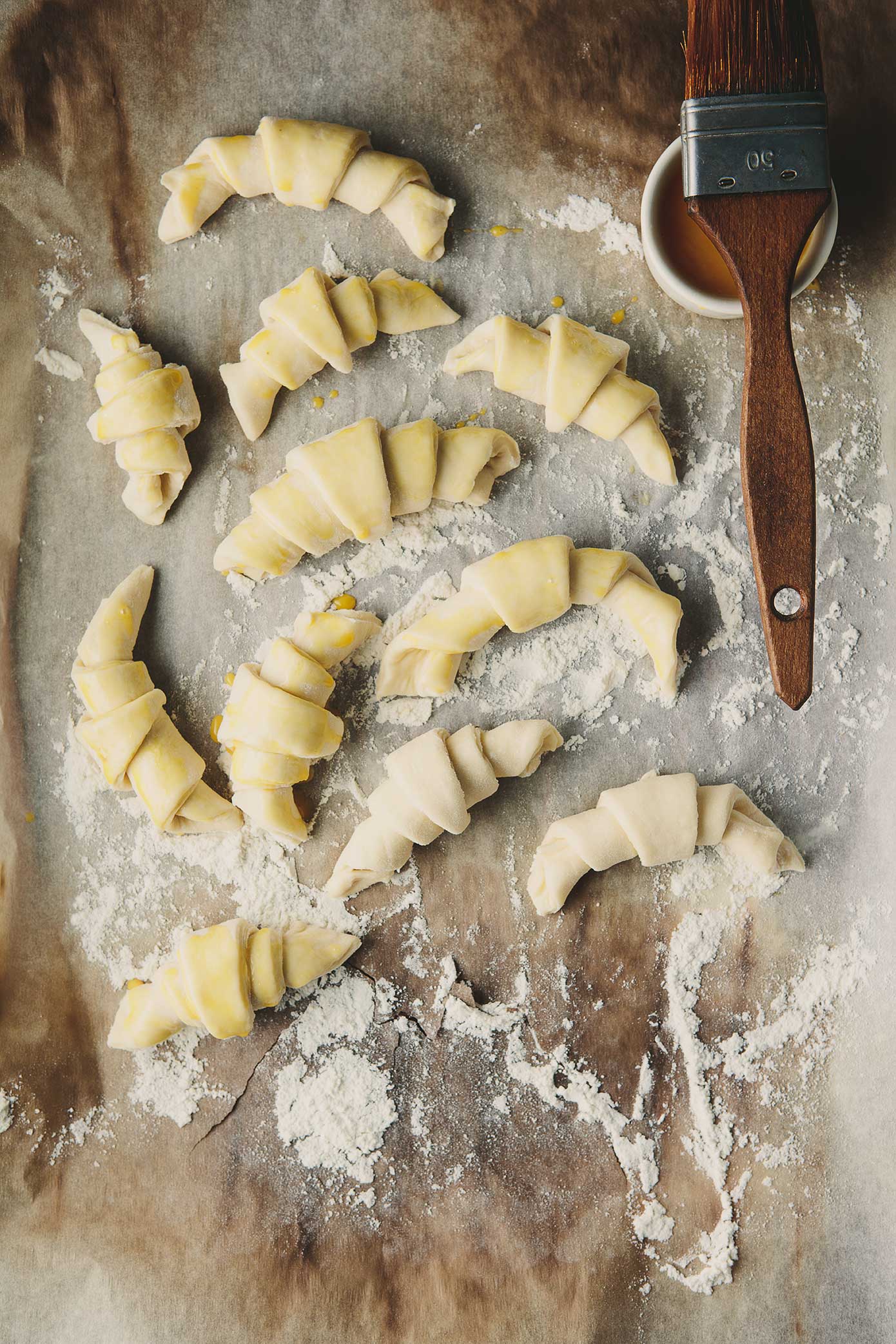
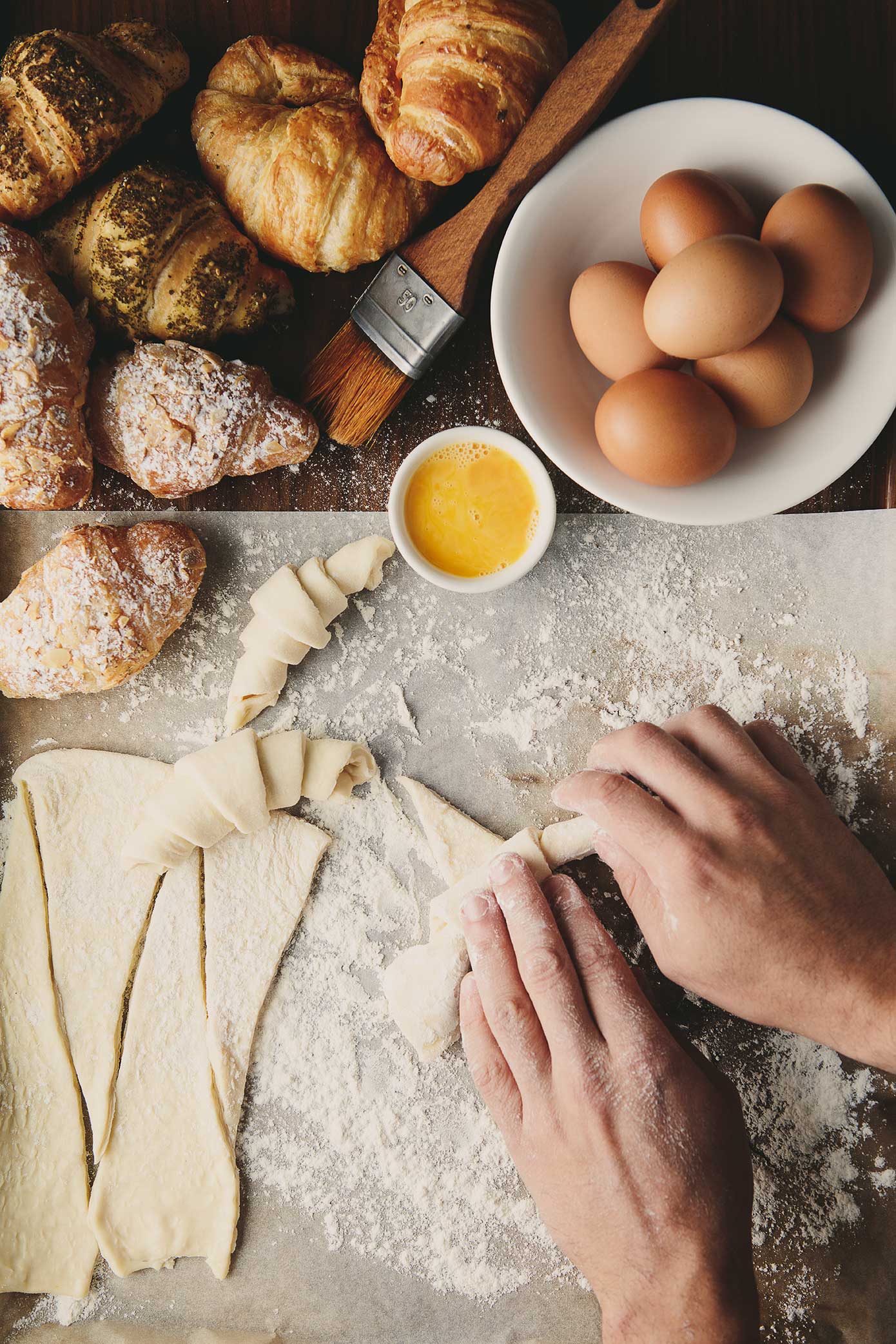
It is really important that you have a firm grasp of your camera, lighting, and the basics of composition and the styling skills you need to make the type of images you want to have. Not only is the fundamentals key to creating the images, but it's critical for analyzing the photographs that inspire you in Step 3.
2. Put Down The Camera, Find Inspiration
With a solid knowledge of the photography skills you need, put down the camera and take a step back. I recently put an article together about if you want to become a better photographer you need to stop taking pictures. Spend time looking a photos and find what is out there.
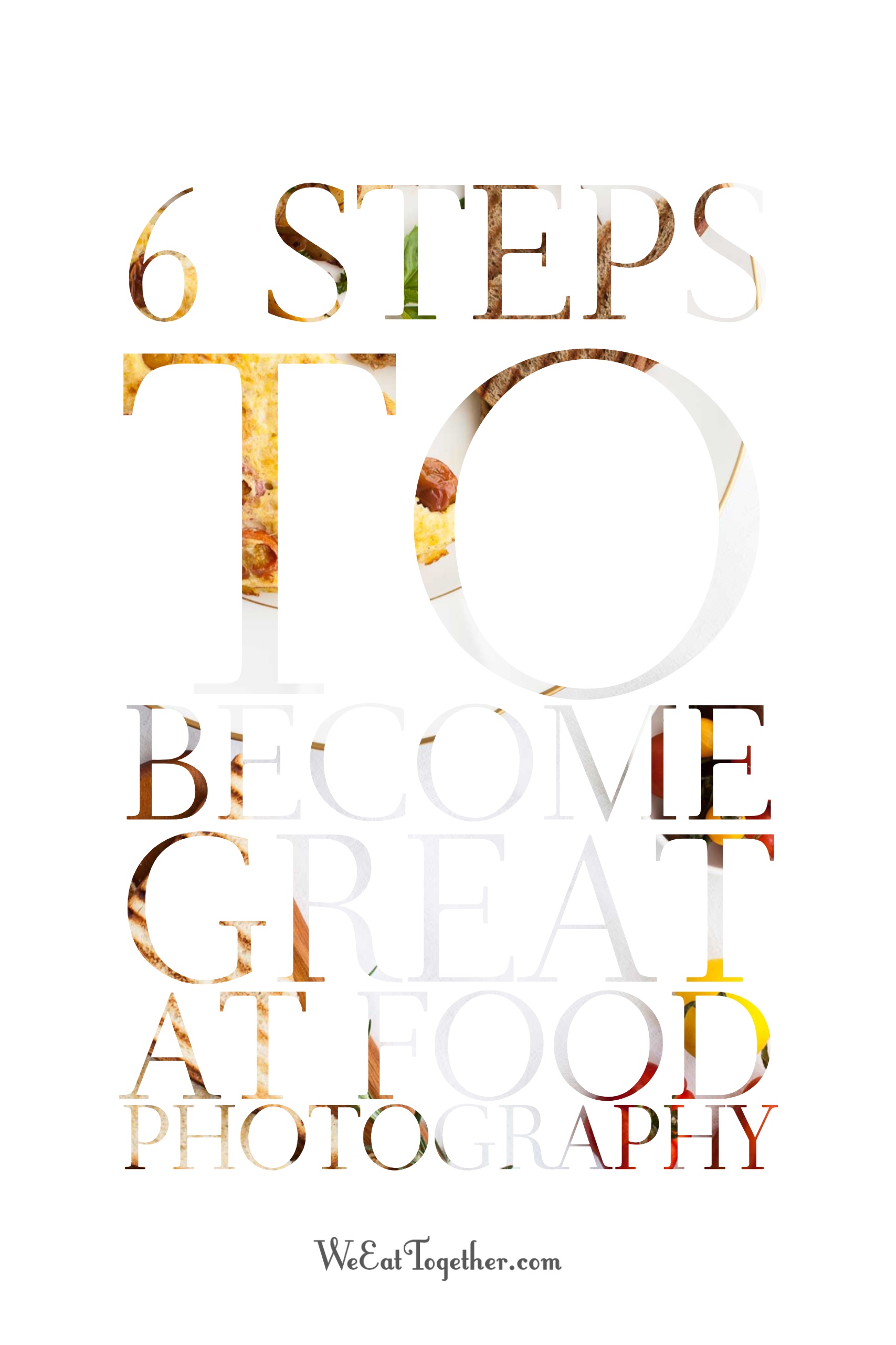
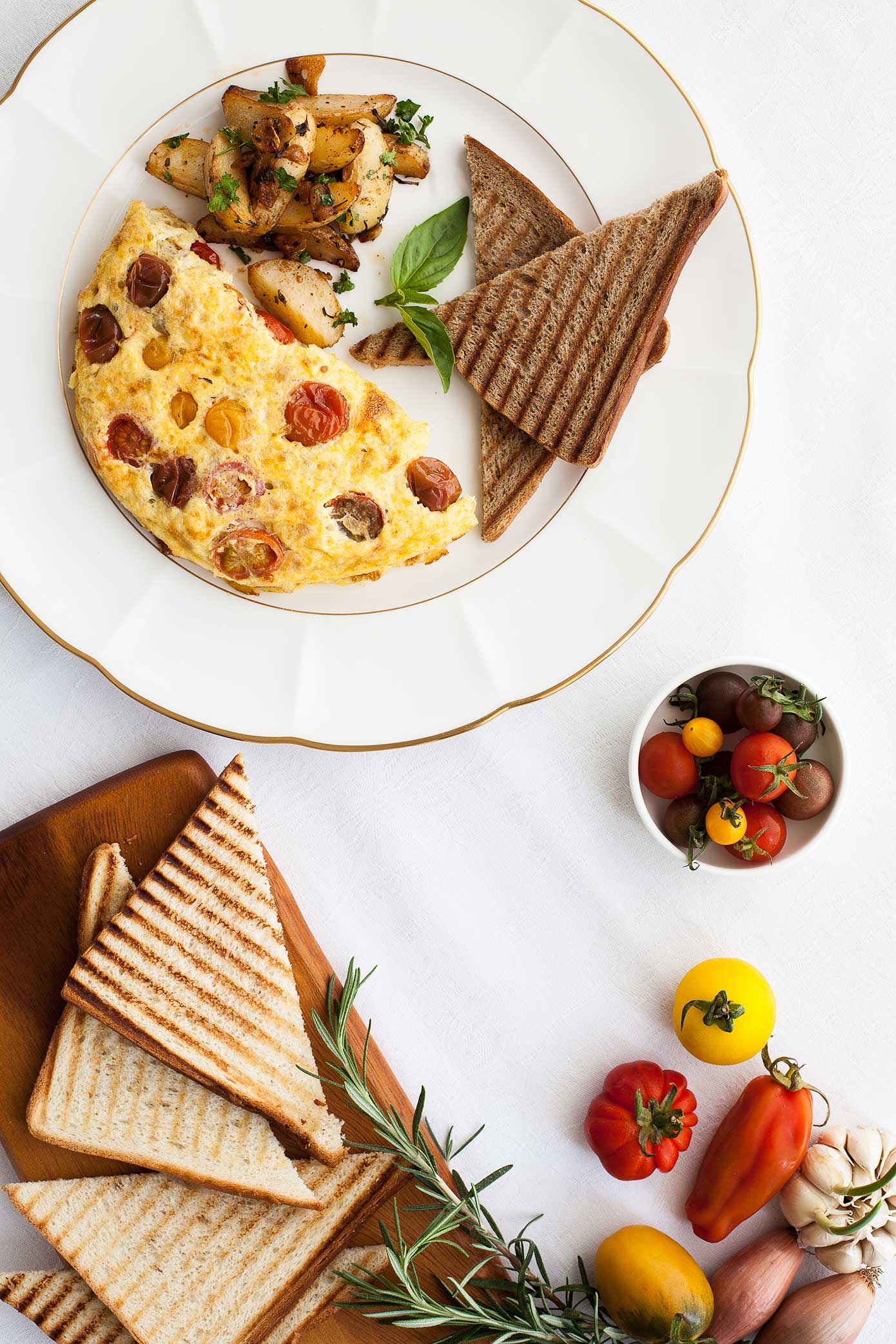
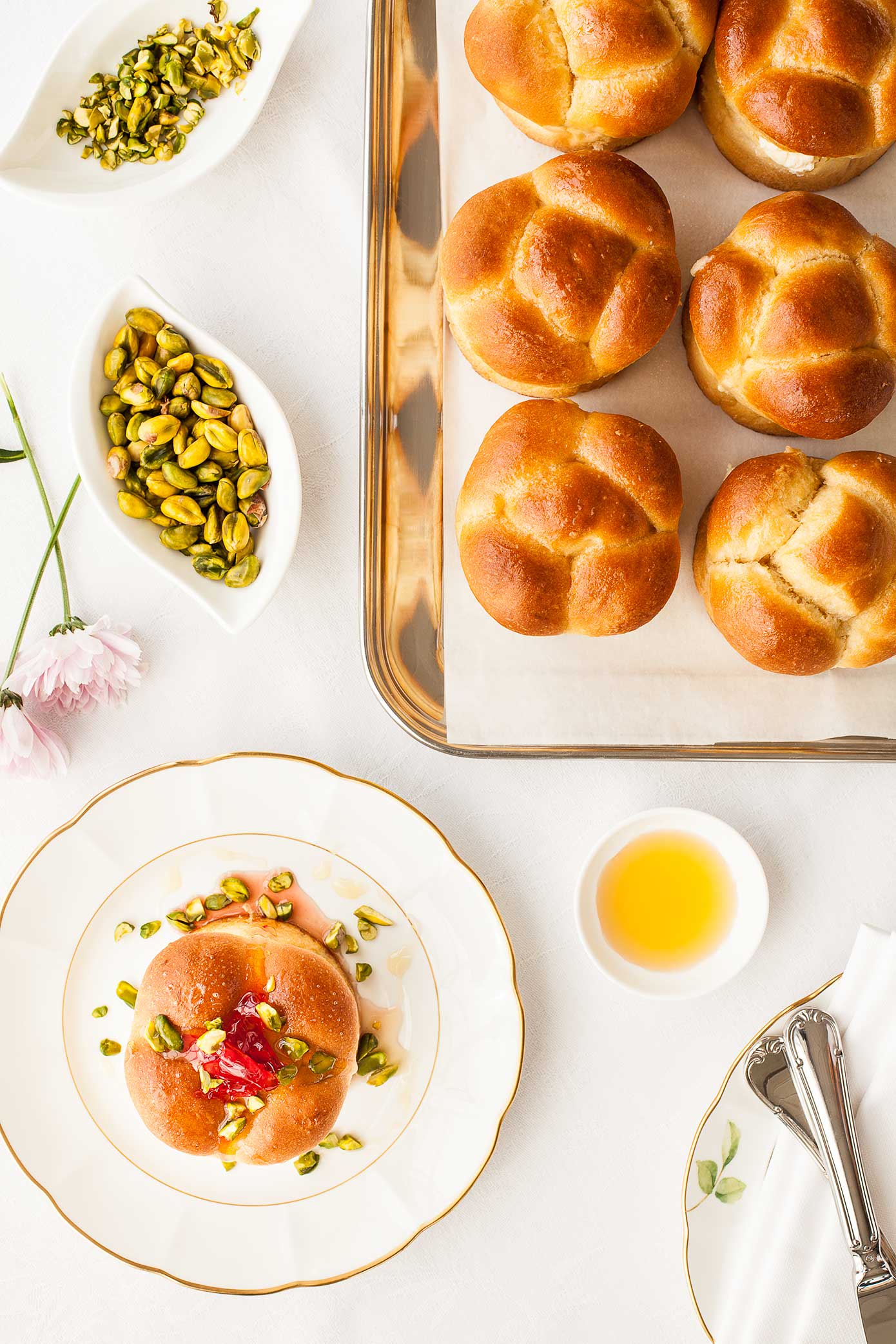
Find photographers in you niche who inspire you. People who have photographs that you would love to have in your portfolio. Make a list of them. Create a mood board with their images. Curate that list or mood board to further distill exactly what you want to achieve.
3. Deconstruct Your Inspiration
Once you have that group of photographers who inspire you, analyze each and every one of those photographs down to the smallest details. Deconstruct how they made the image. This is really where Step 1 and knowledge of the photographic techniques come in handy.
With your knowledge you can pick apart the photograph and critically analyze how it was made and why it was successful. You can study the lenses they used, the apertures, the styling and lighting. You can make notes on how they modified the light, cooked the dish, or played with colors. This is probably one of the most important steps. To become visually literate.
4. Become fluent in your gear and practice your craft
After you have a careful look at the images that inspire you, it's time to make your own. Shoot and don't stop shooting.
Become fluent in your gear.
Become fast.
There is an immense beauty in a system that works; a well oiled machine. You know your craft is at it's peak when it looks easy. You don't want to be fiddling around with your gear while the food is on the table. You have the composition in your head. You have a bag filled with compositions ready to be made. You have a game plan. Practice your craft so when it's time to make the image, everything is set and all you have to do is press the button.
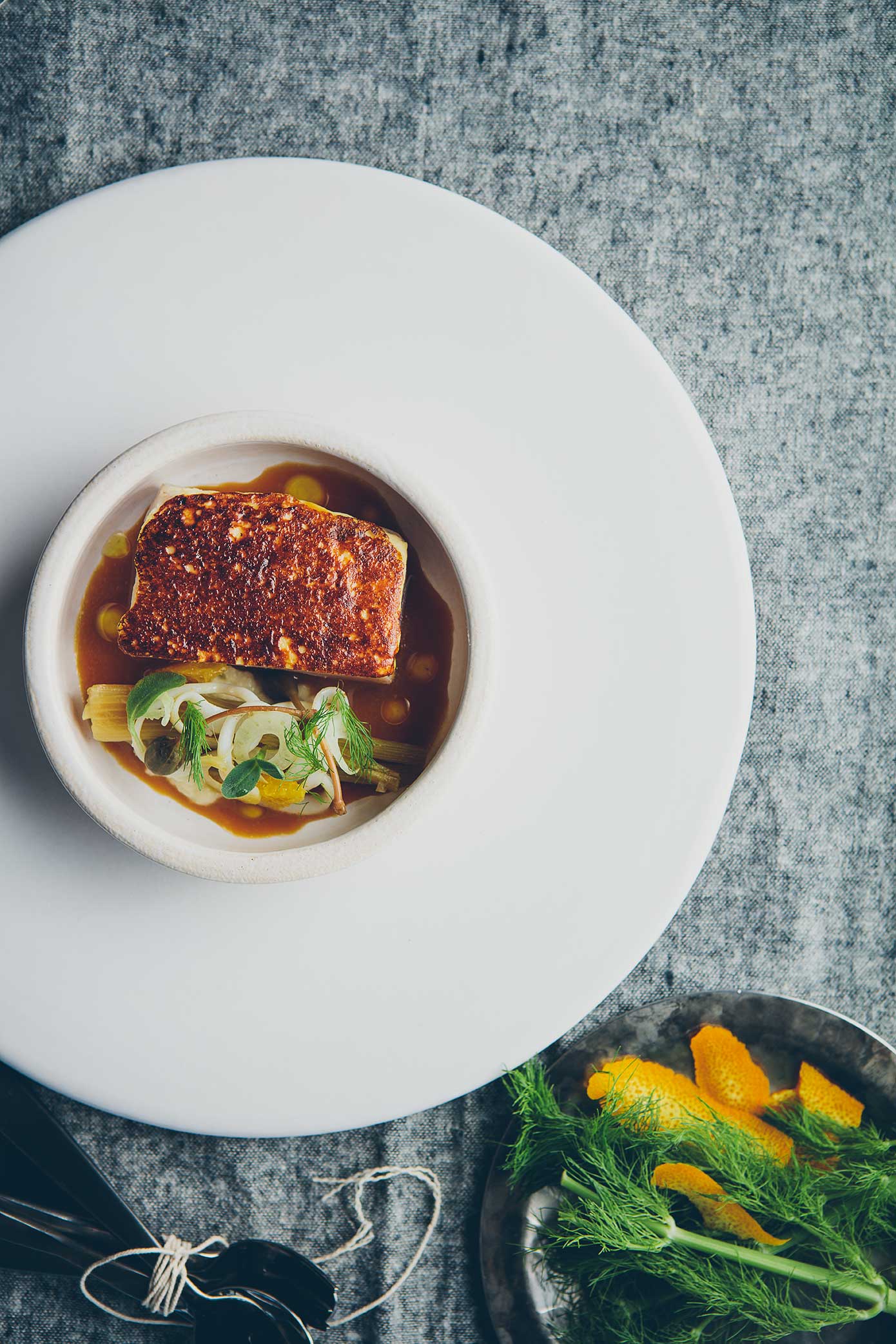
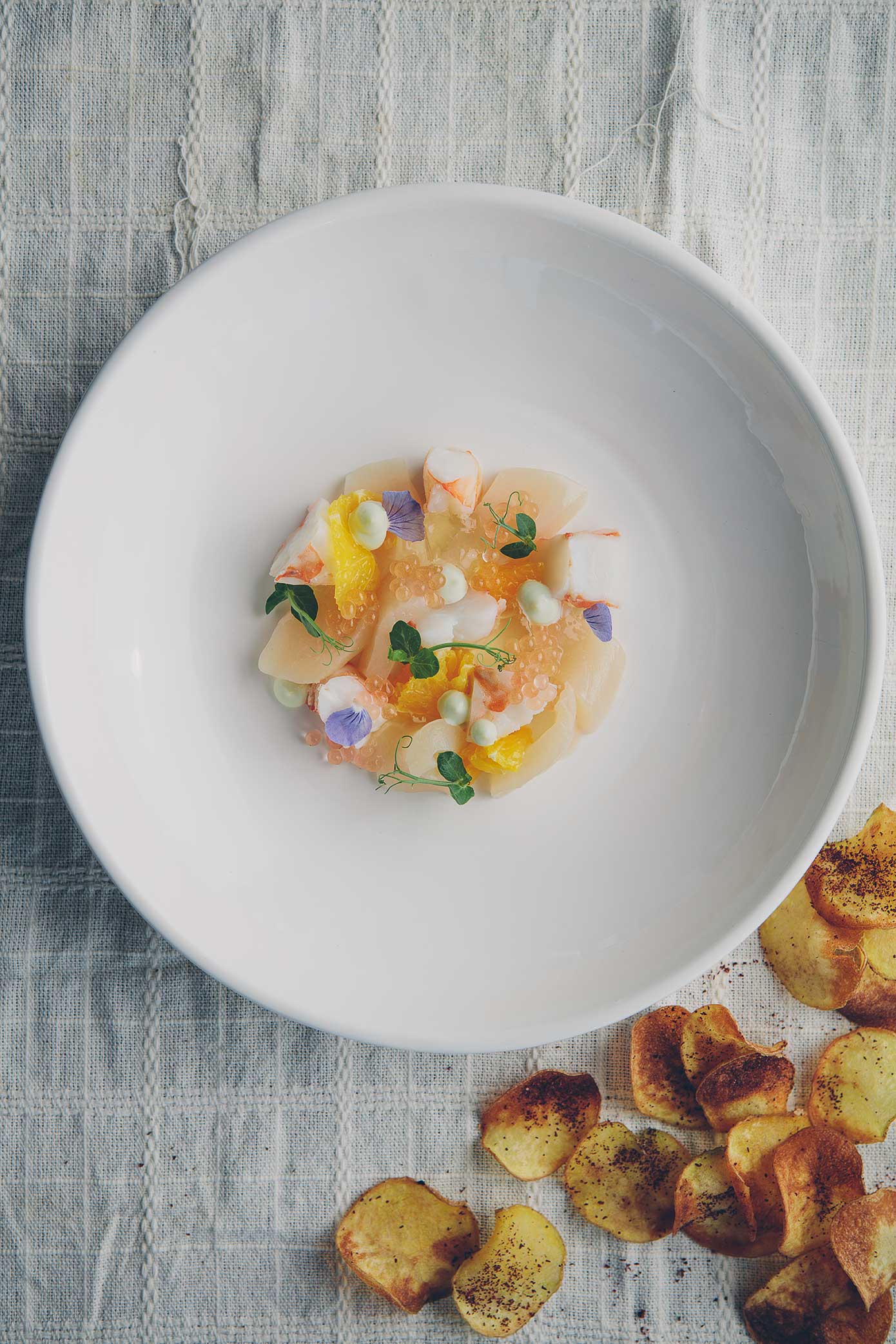
5. Get An Honest Opinion
Like every great plan there are flaws and it's hard to see them when your in the zone. This is where having a mentor, someone who is more experienced in photography or who's opinion you trust, is essential. You need honest feedback to grow as a food photographer. You need someone to keep you grounded. To help you in the moment when you have tunnel vision and cant see anything other than the composition you have in your head.
Heather is my go to person when I'm in the zone. I ask for her feedback relentlessly (she probably gets annoyed, but she's the best). I have my photos sent to my phone instantly as I take them. I screenshot those and send them to her phone. She is my art director. She sees things I would never have seen while in the fog of shooting. One of my old photography assistants does the same with me, at least once a week. Having that person, whose opinion you trust, is essential.
6. Be Passionate
The last step is a tough one. It's hard to build passion, but you absolutely have to have passion for what you are doing to keep you moving forward. There are only so many ways to move a circular plate around a rectangle frame.
It's very easy to burn out, to feel like you have peaked and think there is nothing left to learn. Passion will help you during times when you feel like shooting is mundane. You need to be passionate about learning. Passionate to grow and to keep innovating. Passionate to keep perfecting your craft.
- Learn
- Look
- Analyze
- Practice
- Review
- Love
The six steps to becoming a great food photographer.
With over 8 hours of video tutorials, broken into 38 tightly scripted lessons, you learn how to manage a food photography shoot from beginning to end.
- Understanding the camera including metering modes, exposure modes, white balance and manual exposure
- Create beautiful natural light food photography
- INCLUDES the Advanced Food & Beverage Short Course
Create stunning editorial food and beverage photography with 3 hours of workshop style content in 9 lessons that will give you the skills to light and process beautiful images inside the studio.
- Single & multi studio strobe setups
- Create advertisement style food and beverage photography
- Advanced Photoshop compositing & editing techniques
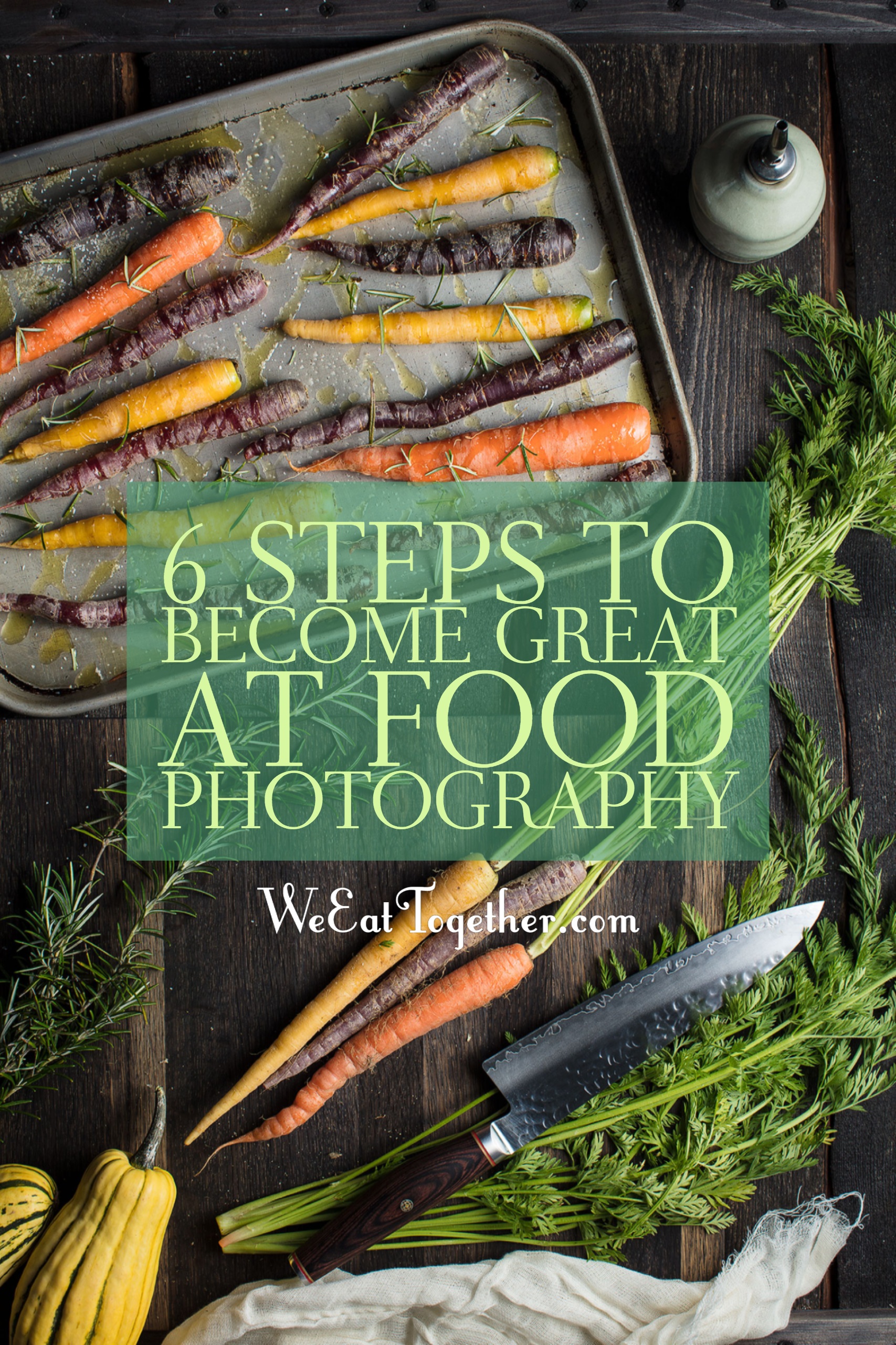
Check Out Some Of Our Latest Articles, Guides, Tips & Tutorials On We Eat Together!
